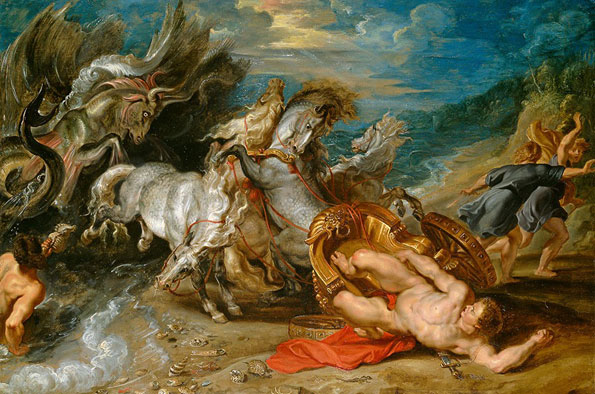
Chariots, Corpses and Sea Monsters. The Reception of Seneca’s Phaedra in Flavian Epic Poetry.
Add this event to my calendar
Click on "Create a calendar file" and your browser will download a .ics file for this event.
Microsoft Outlook: Download the file, double-click it to open it in Outlook, then click on "Save & Close" to save it to your calendar. If that doesn't work go into Outlook, click on the File tab, then on Open & Export, then Open Calendar. Select your .ics file then click on "Save & Close".
Google Calendar: download the file, then go into your calendar. On the left where it says "Other calendars" click on the arrow icon and then click on Import calendar. Click on Browse and select the .ics file, then click on Import.
Apple Calendar: The file may open automatically with an option to save it to your calendar. If not, download the file, then you can either drag it to Calendar or import the file by going to File >Import > Import and choosing the .ics file.
In particular, the description of the sea monster against which Hercules fights in Valerius’ Argonautica (Val. Fl. 2.475-536) seems to be modelled after Seneca’s “sea bull”, but at the same time borrows many details from Seneca’s own models (obviously Euripides, but also Manilius, 5.538-611), which creates a sort of window reference. Moreover, it is possible to detect several allusions both to Hippolytus’ chariot accident (Val. Fl. 6.413-6; Sil. 2.192-202) and to the dismembered body motif (Stat. Theb. 3.129-32; 5.593-8; 5.605-15), mostly in pathetic or especially bloody passages.
The general impression is that the three Flavian epic poets are more than willing to echo even Seneca’s most gruesome scenes, but only in rare and carefully selected contexts.
